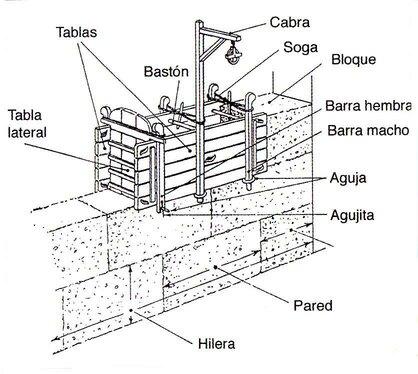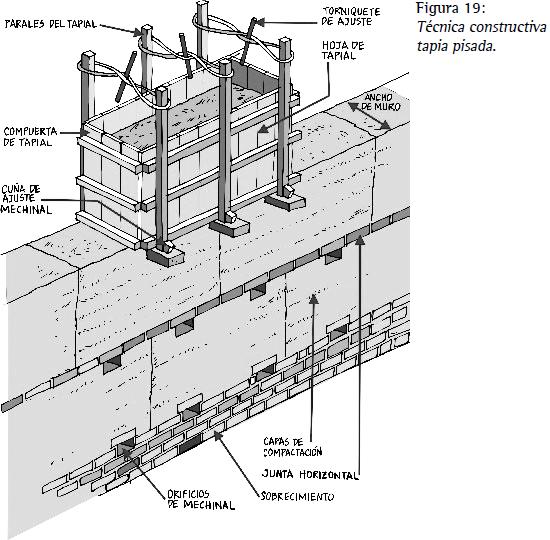The Alcazaba of Málaga, one of the best-preserved Muslim fortresses in Spain, is an exceptional testament to medieval military architecture. Built primarily in the 11th century during Muslim rule, its construction techniques reflect the ingenuity of the engineers of Al-Andalus. If you’re looking to uncover the secrets of this historical gem, this article will explore how the Alcazaba of Málaga was built, the materials used, and its historical significance—perfect for planning your visit or booking a guided tour with experts.
Materials and Construction Methods
The walls and towers of the Alcazaba of Málaga were erected using tapial (rammed earth), a traditional technique that combines earth, lime, and small stones pressed into wooden molds. This method, typical of Andalusi architecture, ensured solid structures resistant to the passage of time. Additionally, fired bricks and limestone from local quarries, such as those near Gibralfaro, were used to reinforce the walls and create decorative details that still amaze visitors today.
One of the most remarkable features is the use of horseshoe arches, a distinctive hallmark of Islamic architecture that provided both beauty and structural stability. The fortified gates, such as the Puerta de la Coracha and the Puerta de los Arcos, showcase a strategic design that made access difficult for invaders, combining functionality with aesthetics.


Adaptation to the Terrain
The Alcazaba of Málaga was built by taking advantage of the hill’s natural topography. This intelligent design allowed builders to optimize resources and strengthen the site’s natural defenses. The tiered terraces, connected by corridors and courtyards, exemplify how medieval architecture adapted to the environment—a detail you can better appreciate with a guided tour of the Alcazaba of Málaga.
Historical Influences and Evolution
Although its origins date back to the Taifa period, the Alcazaba was expanded under Nasrid rule, incorporating both defensive and palatial elements. The reuse of Roman remains, such as columns and capitals, highlights the influence of earlier eras, showcasing a unique fusion of cultures. This architectural syncretism makes the Alcazaba an essential site for lovers of medieval history.
Why Visit the Alcazaba of Málaga?
Understanding the construction techniques of the Alcazaba of Málaga not only enriches your knowledge of Al-Andalus history but also enhances your experience during your visit. At alcazabamalaga.com, we offer guided tours that will allow you to explore every corner of this fortress, from its walls to its Nasrid gardens. Book your experience today and discover why the Alcazaba is one of Málaga’s most iconic monuments.